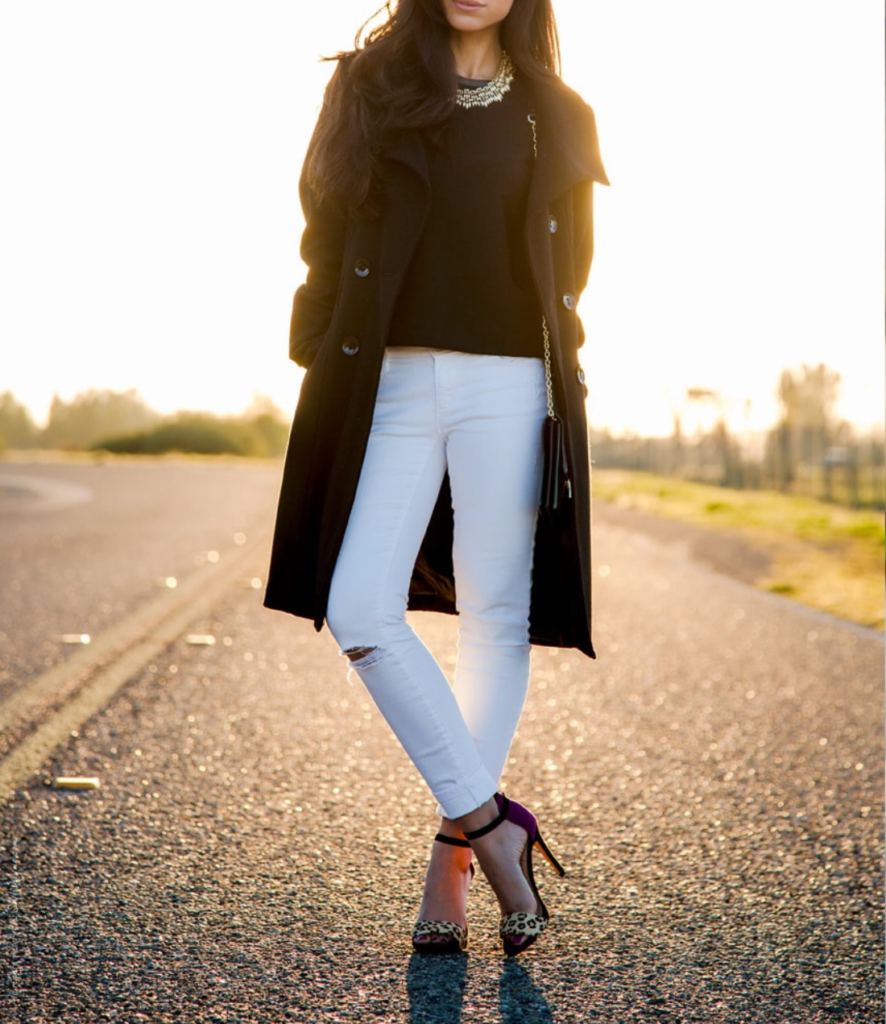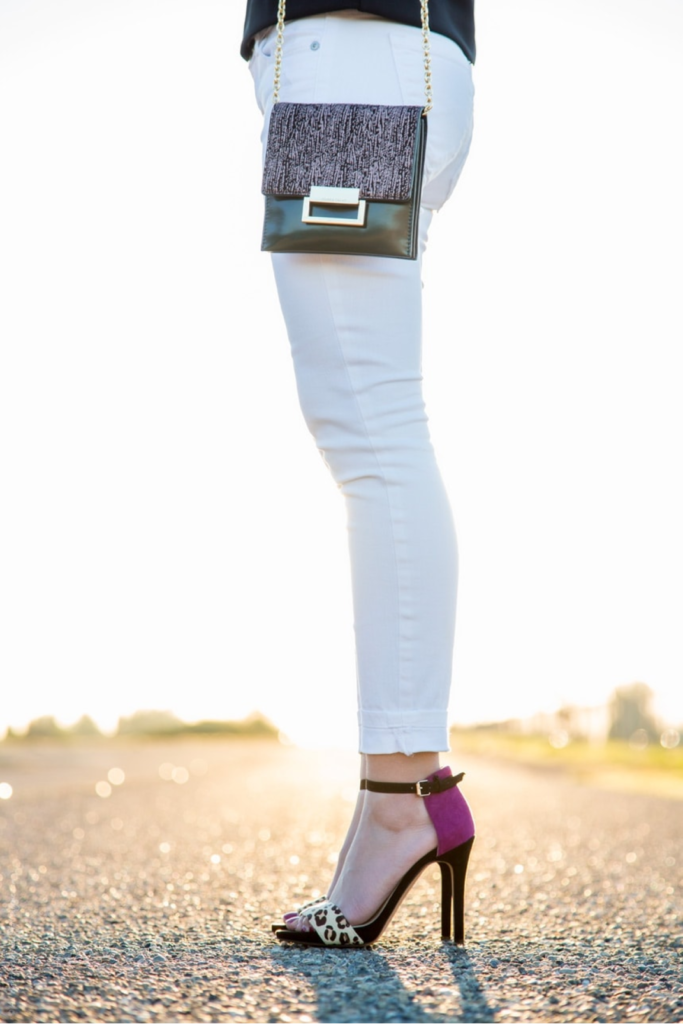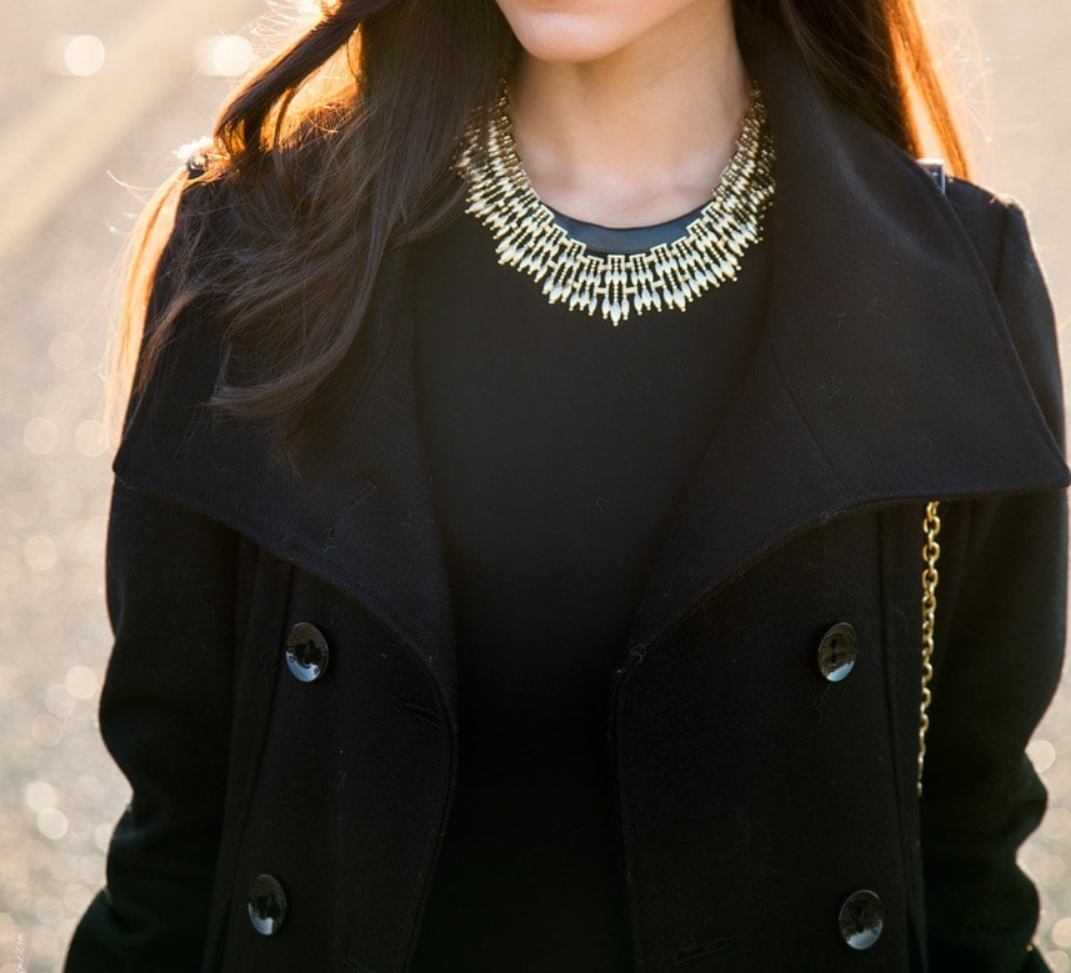Have you ever walked out of your house and regretted your choice of outfit? You know what I mean – the shirt or shoes that don’t match your pants, or the jacket which makes you appear wider than you are. We’ve all experienced this feeling, and it is not pleasant. What if I told that you could avoid these fashion mistakes and look stylish every day with a simple five-step checklist?
Mornings can be hectic. Finding time to consider what you are wearing is difficult when you have to rush out the door and prepare breakfast while also getting coffee. Did you know that spending a few minutes more to think about your outfit can have a big impact on how you feel during the day? When you feel confident in what you wear, you smile more and take on challenges with a positive outlook. When you’re uncertain about your outfit, it can affect your mood and interactions.
Your 5-Step Checklist for Everyday Style
1. Does it Fit?
Fit is the foundation of a good outfit. Clothing that is too tight can make a person look frumpy. Conversely, clothing that is too loose can make a person appear sloppy. Do your clothes fit you properly or do they need to be altered? A well-fitted piece should complement your body shape and not fight it. If you wear jeans, for example, they should hug your hips and sit comfortably around your waist without being restrictive. If you are wearing a shirt, it should fit comfortably over your torso and not gape or pull.

2. Are the colors coordinated?
Color coordination is the key to looking polished. Understanding basic color theory will help you put together an outfit. You don’t have to be a fashionista to do it. Select a primary colour that complements the color of your skin and hair. Choose secondary colors that complement or contrast in an appealing way. A navy blue blazer paired with a crisp, white shirt will create a classic and professional look. Add a pop of colour with accessories such as a red scarf, or a colorful handbag to add visual interest.
3. Is it flattering?
Every piece of clothing in your wardrobe should flatter you. It doesn’t have to be skin-tight. Instead, choose clothing that highlights your best assets while minimizing areas you are less confident about. Dresses with Empire waists, for example, can create a longer-looking effect if you are pear-shaped. Avoid jackets with excessive structure if you have wider shoulders. Opt for lighter fabrics and layering pieces to balance your proportions.
4. Is it balanced?
A balanced outfit is a harmonious combination of patterns, colors, styles and proportions. An outfit that is too busy or has clashing colors or patterns can look chaotic. A simple outfit can be boring if it is too simple. Finding the right balance in your wardrobe is crucial. If you are wearing a top with a bold print, pair it up with neutral bottoms so that the focus is on the top. If you’re wearing long, flowing skirts, balance them with a fitted top in order to maintain proportion.

5. What Does My Outfit Say About Me
Before you open your mouth, the clothes you wear can say a lot about who and what you are. Consider the message that you want to convey to the world. Are you trying to project a professional, casual, or a mix of both? Your outfit should reflect your personal style as well as the context of the day. If you’re going to a meeting at work, a tailored suit with heels will convey competence and authority. When you’re going to brunch with friends, a stylish outfit that is comfortable and stylish, such as jeans and a nice shirt, conveys confidence and approachability.
This checklist is versatile. These principles are applicable whether you’re getting dressed for work, a weekend trip, or a special occasion. The more you evaluate your outfits using these criteria, the easier it will become. You’ll soon find yourself dressing stylishly, without even thinking about.



